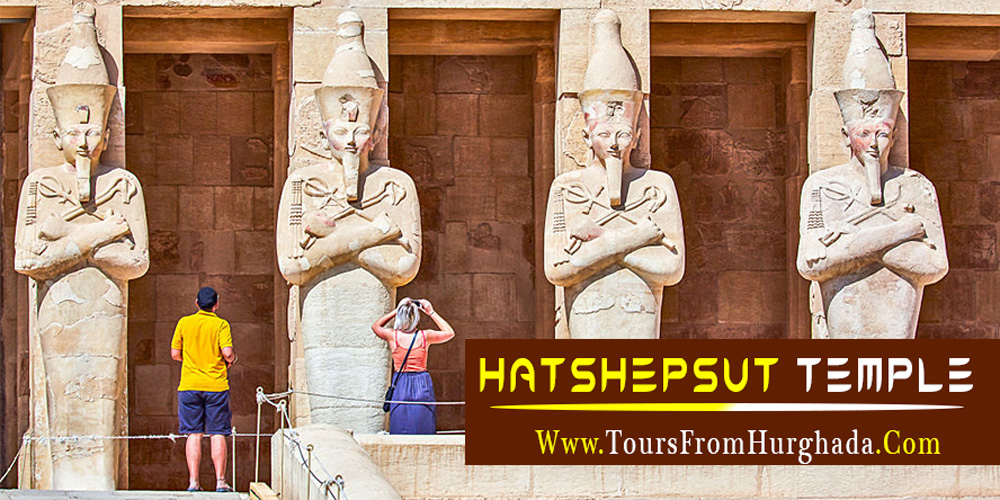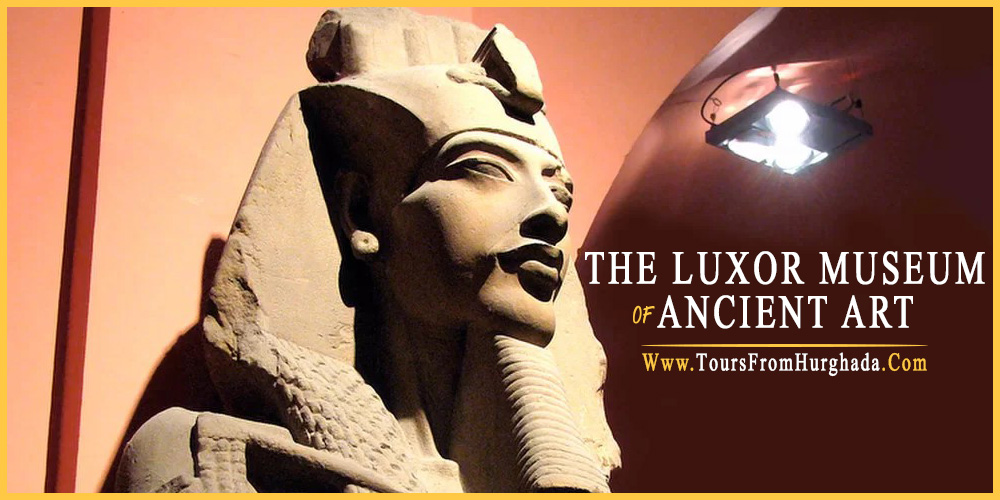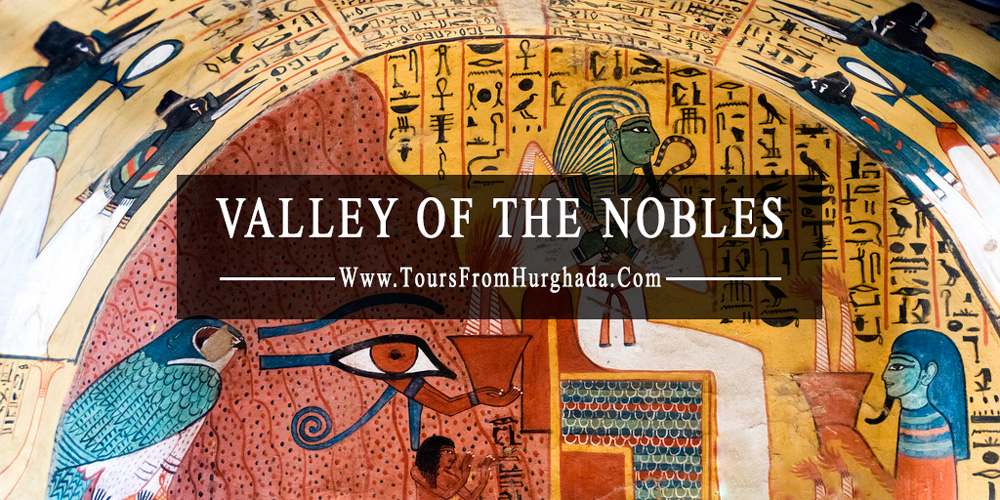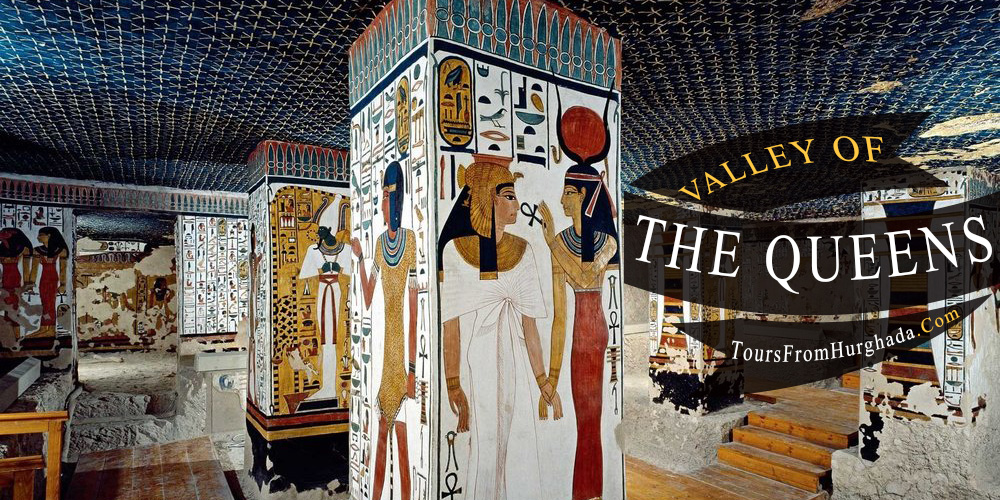Out of all the monuments and temples in ancient Egypt, it is really hard to find a one that can match the level of perfection and endurance of Hatshepsut temple. Everything about the temple screams beauty, elegance & wonder. Hatshepsut temple is also able to reflect the greatness of the new kingdom (1550-1070 BC) and showcase the vital role Queen Hatshepsut played in creating the legacy of ancient Egypt.
The temple is in an amazing condition which only shows the temple capability to stand the taste of time and ability to solidify Hatshepsut's glory to the fullest light.
Hatshepsut Temple Location
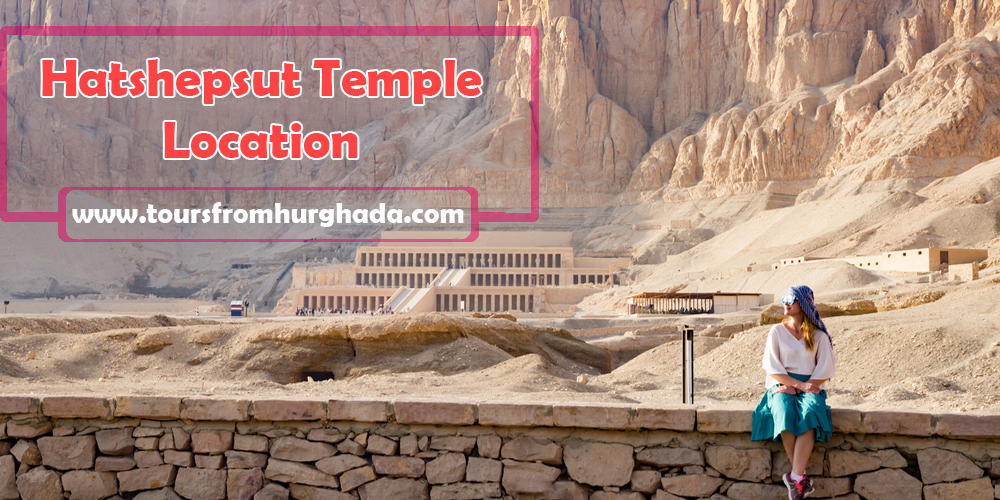
Hatshepsut temple was built by Queen Hatshepsut (1507-1458 BC) during the 18th dynasty in the new kingdom on the west bank of the Nile under the cliffs of “Deir El-Bahari”. It was meant to become the mortuary temple of Hatshepsut and was known as Djoser-Djeseru (Holy of Holies).
Hatshepsut temple is next to the mortuary temple of Mentuhotep II which acted as a primary model. It was dedicated to the creator god Amun and to the everlasting legacy of Hatshepsut.
Hatshepsut Temple Facts
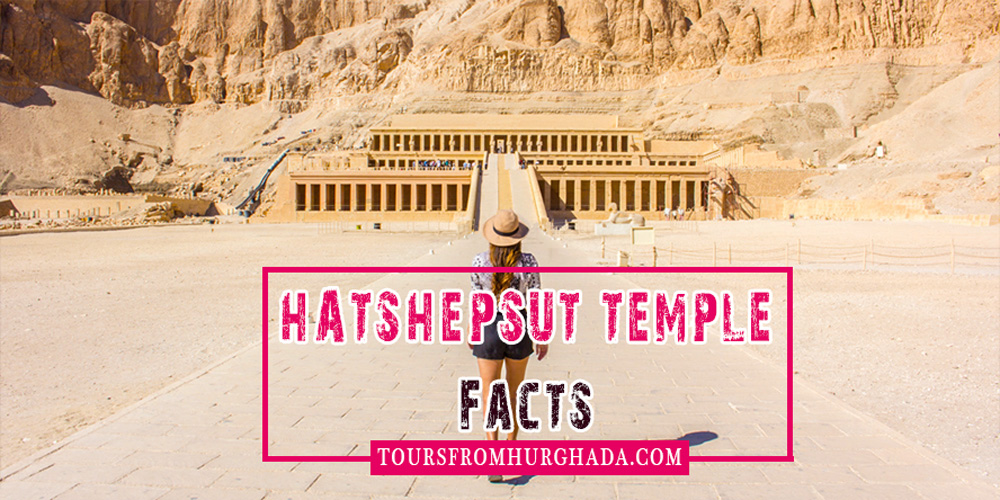
Hatshepsut (1479-1458 BCE) began her life as the wife of Thutmose II and rose to be the most powerful female Pharaoh in ancient Egyptian history. She gained a powerful position as the wife of the god Amun and when her Husband King Thutmose II passed away, she became the queen-regent to her Husband's son Thutmose III but she soon took over control of the throne.
Her reign was one of the most peaceful and prosperous as she improved the socioeconomic status to the highest level by creating lucrative trade deals with the land of the punt and expanded the Karnak temple.
Hatshepsut Temple Architecture
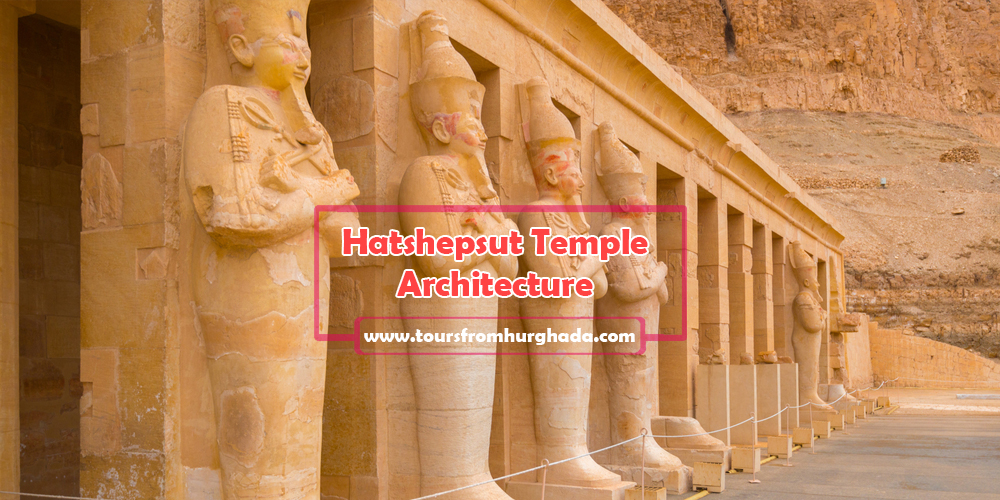
Hatshepsut temple is about 17 miles northwest of Luxor on the western side of the great capital of Egypt in the new Kingdom Thebes. It was designed by Hatshepsut’s chancellor Senenmut in 1479 BC and took 15 years to construct. The design of the temple is based on the concept of Classical Architecture (A style of Architecture driven from Greek & Roman origin). The style of the new kingdom enjoyed active worship and sanctuaries to honor the gods unlike the megalithic geometry of the old Kingdom.
The temple consists of three levels; and holds the home of two statues of Osiris, sphinx avenue and colonnades with Square Pillars. It has a shrine of Hathor that has a hypostyle hall with twelve beautiful columns and the chapel of Anubis that has a hypostyle hall with fluted columns, there is also a sanctuary of Amun.
One of the main highlights of the temple is the astronomical alignment similar to one at the temple of Abu Simbel and the majestic wall carvings and descriptions that detail and document various historical events about Hatshepsut's achievements like her expedition in the lands of the punt and her religious devotion to the god Amun.

